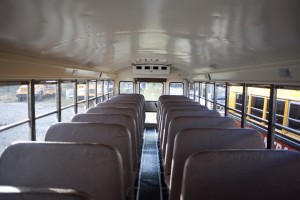 In what is probably an unprecedented move, the Los Angeles Unified School District today decided to cancel all classes in response to information received last night. While not much information is being released, it would be safe to assume that:
In what is probably an unprecedented move, the Los Angeles Unified School District today decided to cancel all classes in response to information received last night. While not much information is being released, it would be safe to assume that:
- The decision to cancel school by LAUSD was a difficult one that had to be made under time pressure.
- School officials had to consider the psychological effects of closing (or not closing) school, the logistics of business operations as well as the possibility of encouraging copycat attacks.
- The decision to cancel school was almost certainly a last resort, since other options are available for responding to this type of threat. These options would include an elevated police presence at all schools, a search of all schools while they are still in session or other measures adapted to the situation.
This incident also brings to question the balance that we must always seek between security and maintaining our mission of education. A few past incidents come to mind that demonstrate the complex and difficult decisions that must be made when responding to threats:
- School Officials Criticized for Decision not to Evacuate School After Bomb Threat in Killeen, Texas – Shows Lack of Understanding of Bomb Threat Procedures by the General Public
- Maloney wants to toughen Maine law after Cony bomb threats
- Was the police response to the Boston marathon bombings appropriate?
- Beltway Sniper Attacks (Police response to school threats)
For more information on the nuances of bomb threat management and response to these types of threats, download “Bomb Threat Basics” by Michael Dorn.

